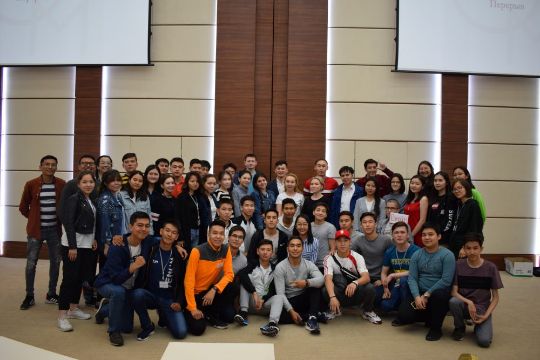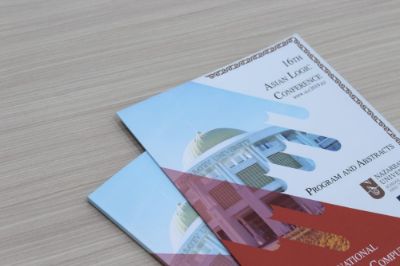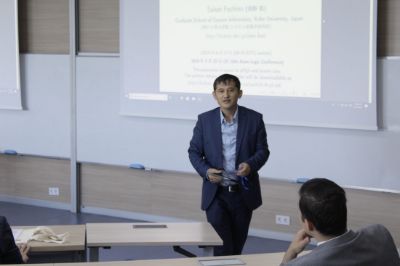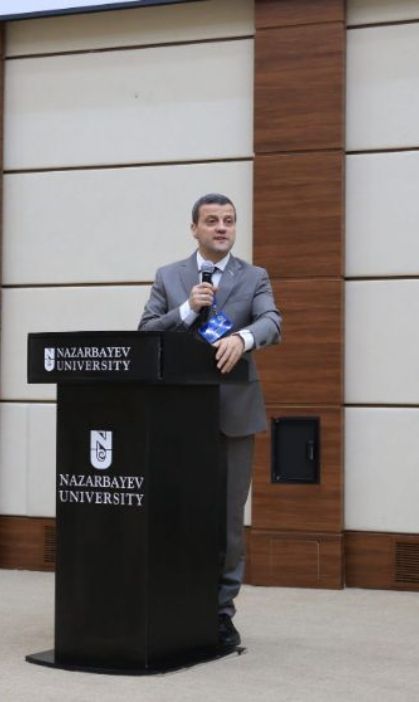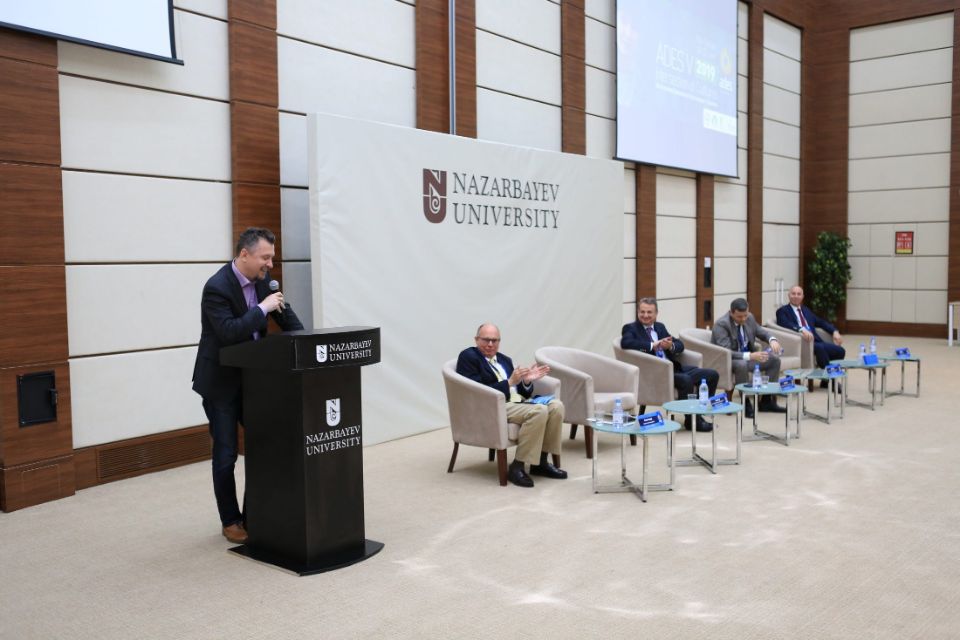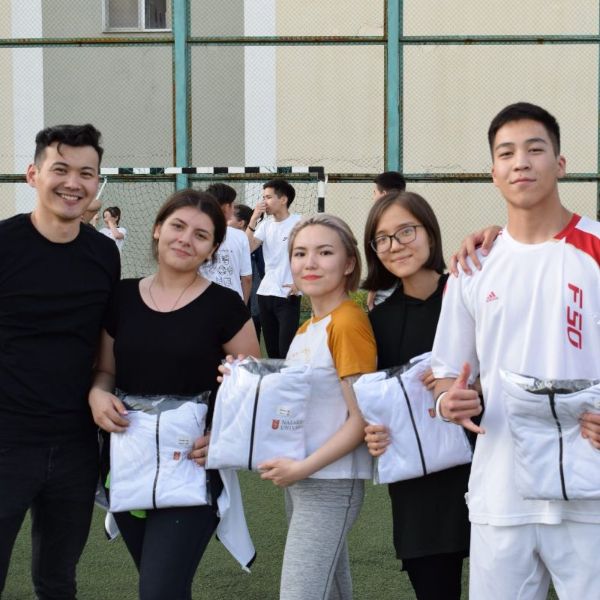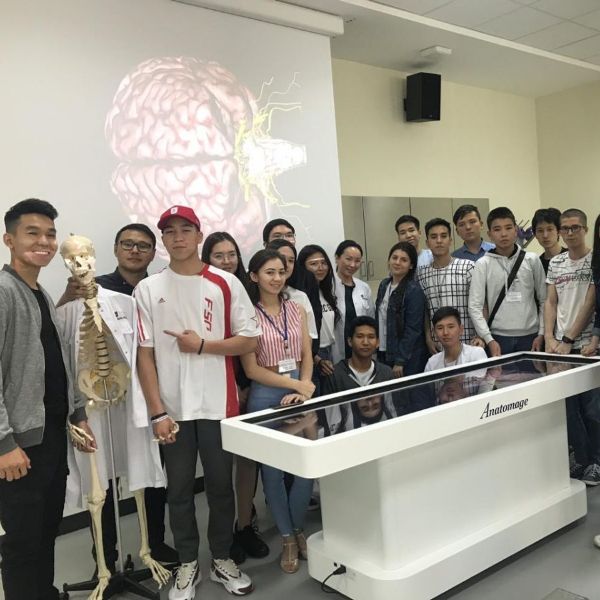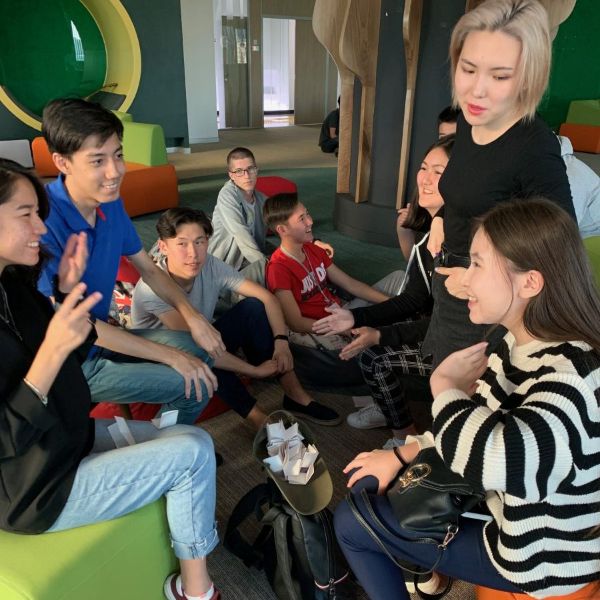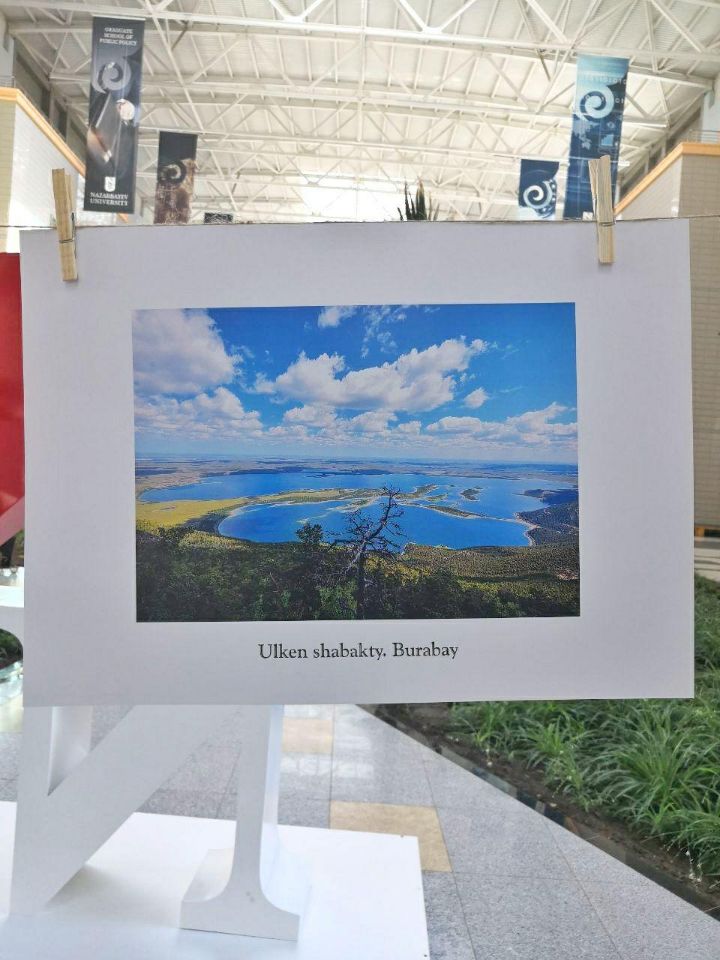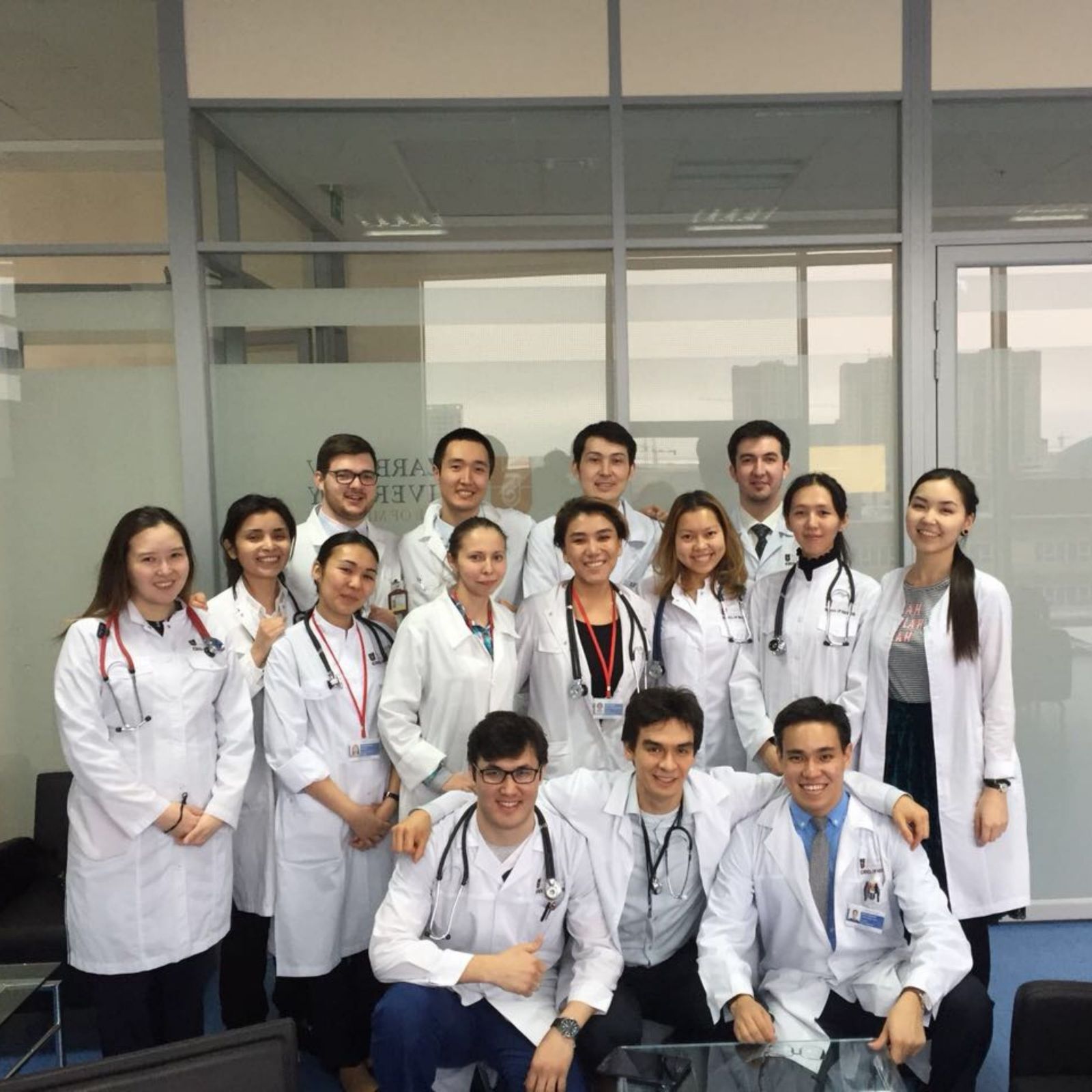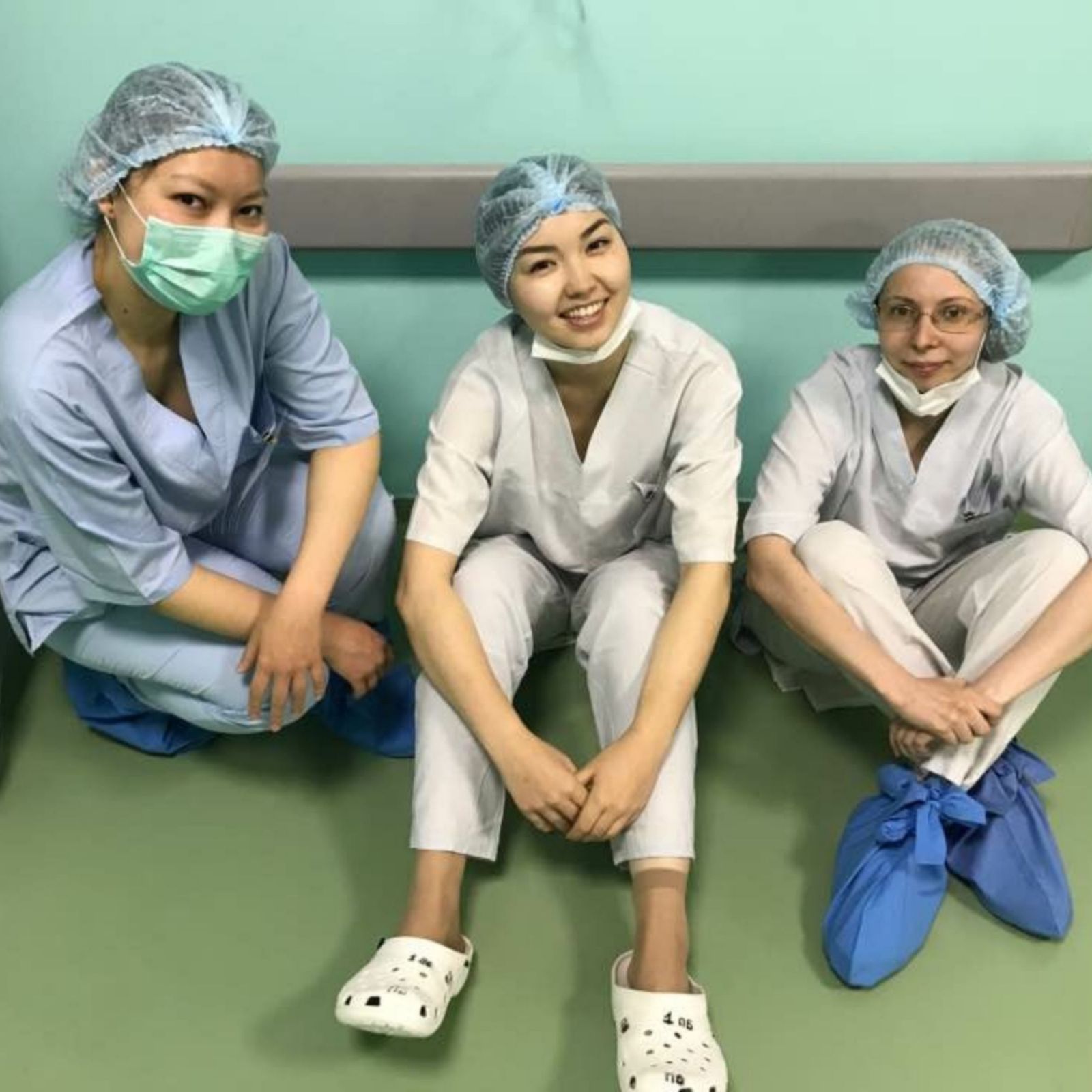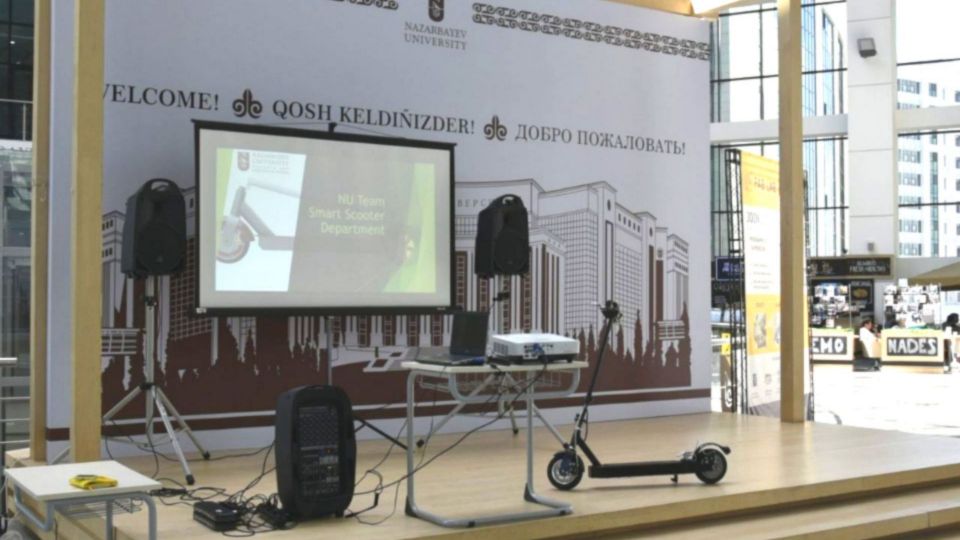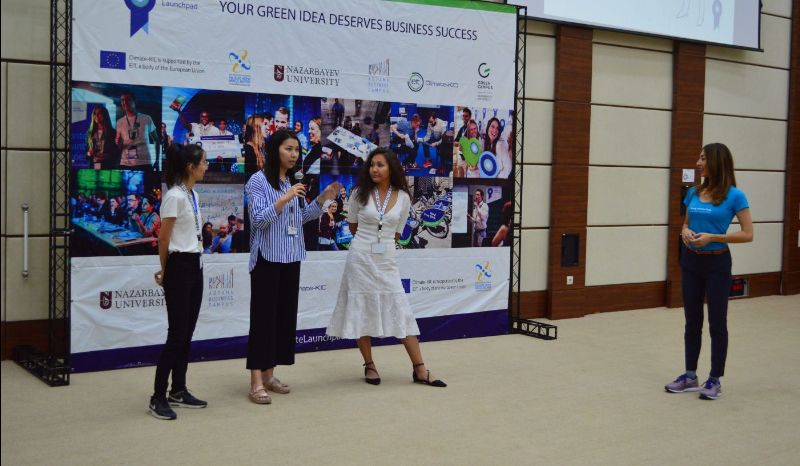Tip # 6. Patent where it is necessary
It is necessary to determine in advance the countries you are interested in, since the patent has a territorial effect.
There is something called a provisional application for patent, but unfortunately, it is only currently available and protected by law in the United States The idea of a provisional application is that it can give you interim protection in the United States for up to one year, while you negotiate with investors. You can submit a provisional application for a patent in the United States, with a filing fee ranging from $ 65 to $ 260. In this case. The “priority date” is that of the filing of the provisional application and is valid for 12 months.
Another option is to file the main application in one of the jurisdictions and declare priority on it within 12 months from the date of filing the application. For example, you can file an application in the Patent Office of the Republic of Kazakhstan, conduct negotiations and within a year apply for a Eurasian patent, US patent, EU patent, and other patents of other jurisdictions.
Or, on the basis of the national application (or apart of it) file an international application provided under the international Patent Cooperation Treaty (PCT). This Treaty provides for the possibility of filing one international application and the establishment of a so-called “reservation of time” to apply in other jurisdictions within 30 (or 31, depending on the particular jurisdiction) months from the date of filing of the first national application. This will allow you to secure patent protection for your product or technology at a relatively low cost. And allows you to secure effective protection around the world for 2.5 years.
Tip # 7. Never violate the rights of others
Besides ensuring that your IP is protected, it is equally essential that you do not violate the rights of third parties when you launch a product. You need to ensure that your product (whether software or hardware) does not violate any one of the hundreds of patents held by others.
To avoid such problems, before the start of the project it is necessary to conduct a patent clearance search, which western experts call a Freedom to Operate (FTO) search.
What a startuper should know about FTO:
- Clarify the status of the patent. A patent must be maintained on a annual basis, and if it is not renewed and can not be restored, the patented technology can be used without violating the rights of third parties.
- Given that the patent has territorial effect, a patent for a product in the United States does not prohibit its use by third parties in other jurisdictions. Therefore, it is important to select the right list of countries where you want to obtain protection. You need to pay careful attention to the names of nations and the scope of protection given to each country, because it may be more confusing and limiting than you think. For example, pay attention to how Taiwan is in the list, it is also called the Republic of China. Whereas the patent for mainland China, or the People’s Republic of China – does not grant exclusive rights to administrative districts of Hong Kong and Macau. And applications filed for patents in France do not apply to French Polynesia.
- The search should be carried out not only for the product as a whole, but also for its components. For example, your objective is to launch a new smartphone. In FTO, a search is conducted on the applications and issued patents not only for smartphones but also on their components – processor, memory, wifi modules, etc.
- Determine the scope of protection. The scope of protection of the invention is determined by the patent claims. Accordingly, the violation of rights is the use of all the features of an independent claim. For example, if a patented device consists of components A, B, C and D, and your device consists only of A, B and C, this will not be considered a violation of rights.
- If the FTO finds that you cannot launch your product, you should not lose all hope because there are still some possible resolutions. , You may contact the patent holder and propose to buy it, get a license to use the product, and, if you fail to come to an agreement, find options for contesting the patent.
Remember that any intellectual property protection must be consistent and reasonable. Good luck in your endeavors!
